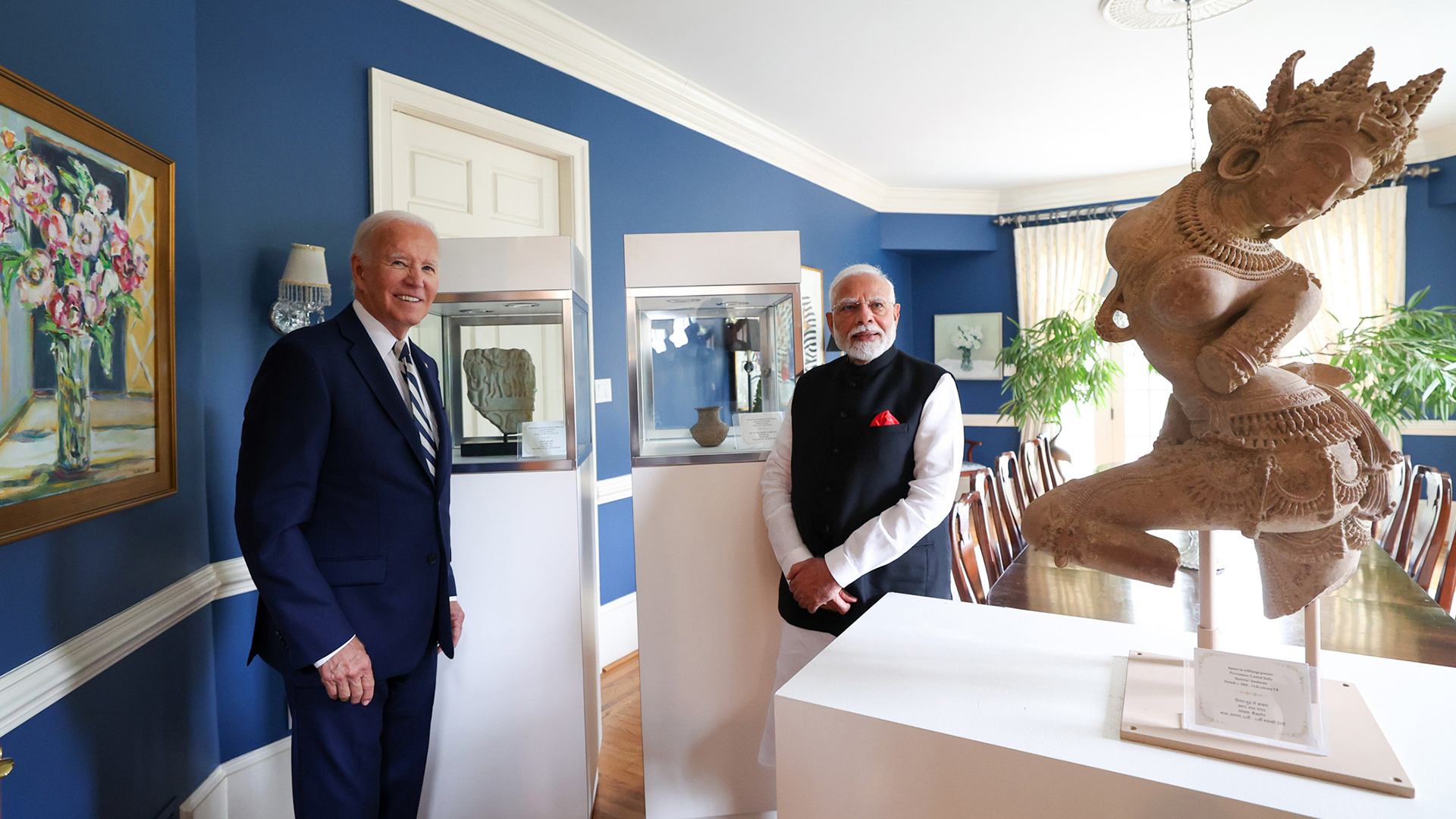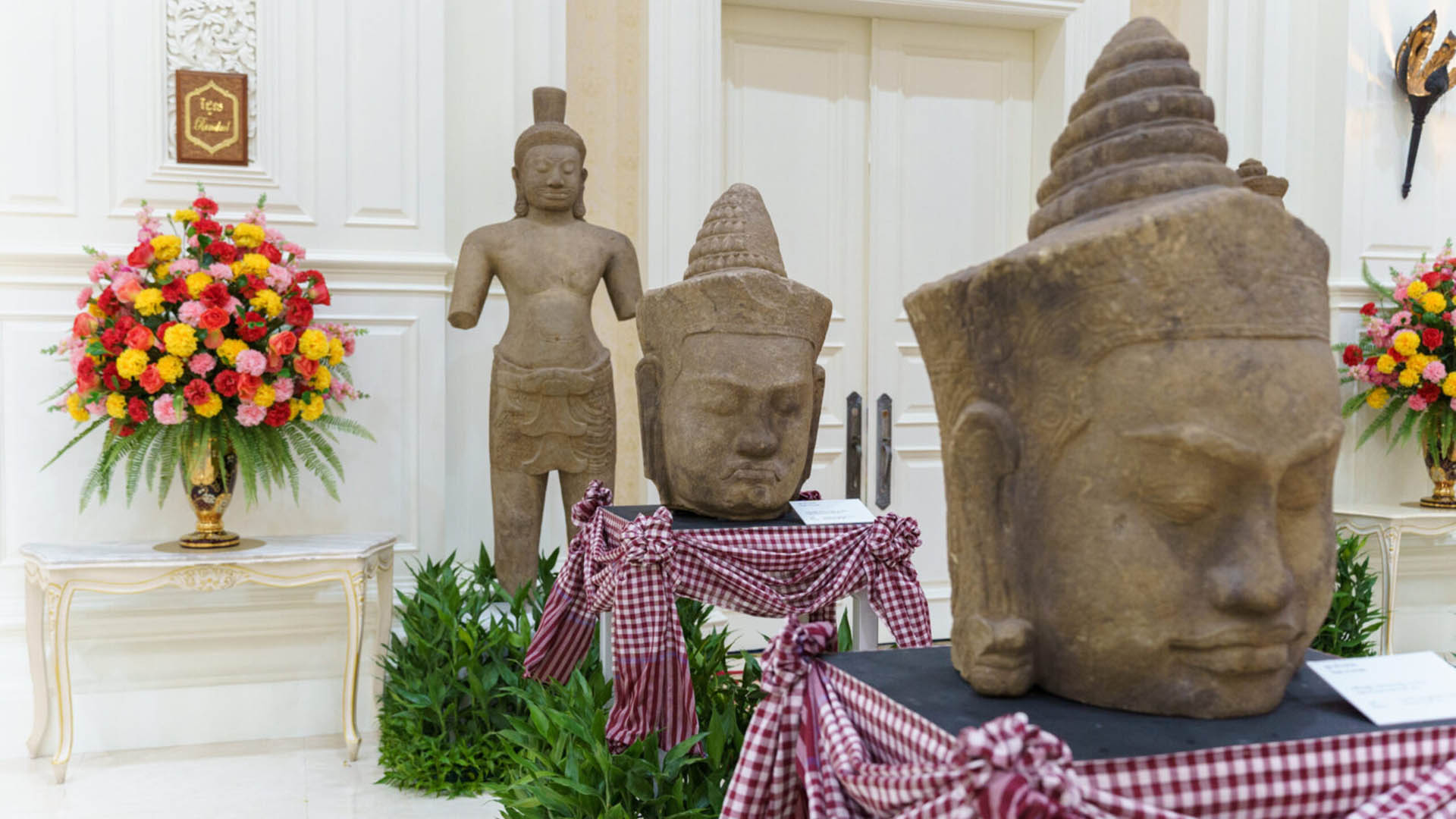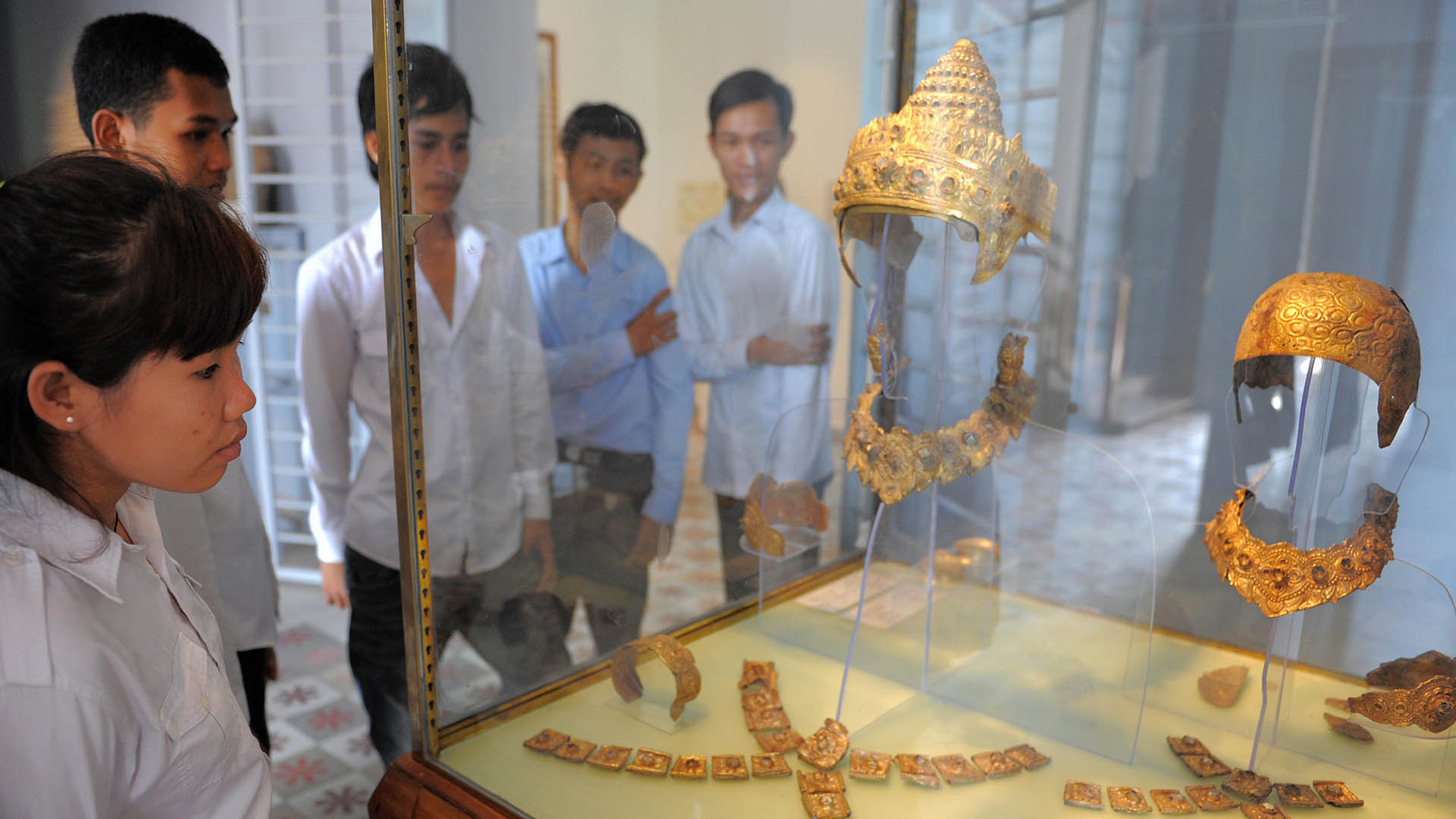Cambodian ‘blood antiquities’ documentary draws on ICIJ’s Pandora Papers reporting
The sprawling tale takes viewers on a journey from temples deep in the sweltering jungles of Southeast Asia to the heights of the Western art world.
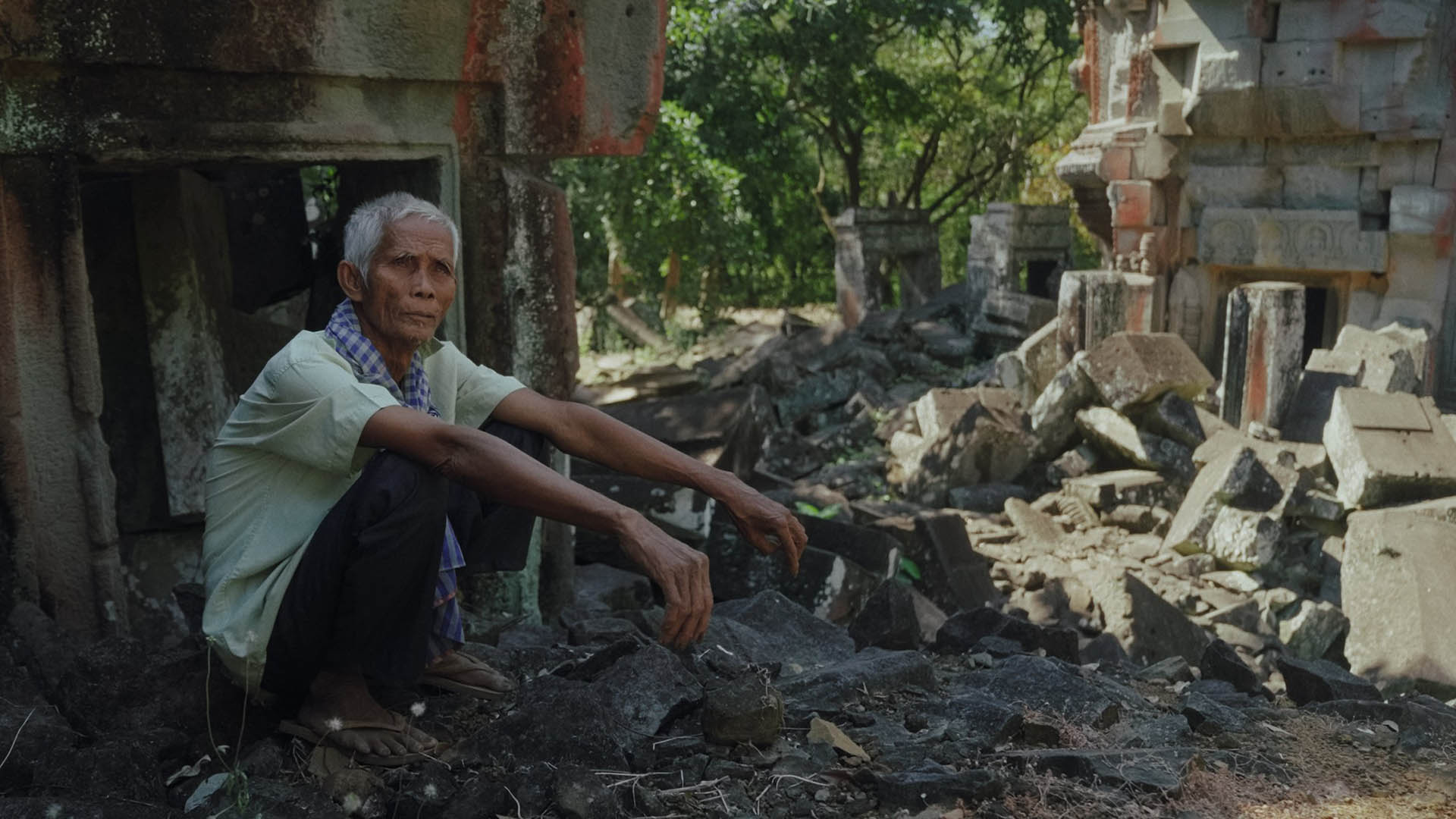
A new documentary explores the clandestine trafficking networks that exploited child soldiers to plunder Cambodian temples, ultimately delivering ancient treasures into the collections of elite Western museums and billionaires.
“LOOT: A Story of Crime and Redemption,” which recently screened at the Cambodian International Film Festival in Phnom Penh, builds on Pandora Papers revelations about controversial British antiquities dealer Douglas Latchford.
The film delves into the illicit trade born out of the Khmer Rouge’s ascent to power in the 1970s — and it includes the stories of several former looters.
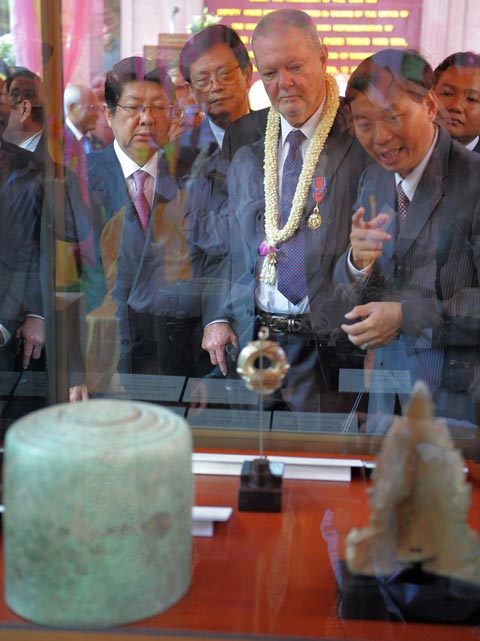
At its core is the tension between the art world’s willingness to overlook the murky origin of dozens of objects linked to Latchford and his associates and the Cambodian government’s painstaking campaign to recover what was lost.
“I think it’s really a tale of two worlds,” said Don Millar, who directed the film. “On one hand you have these elite institutions and elite people who collect not only these pieces but collect art from around the world, and then you have these people who are … just young kids who were forced to raid these temples in a civil war that went on and on and on.”
Millar became interested in the subject after reading a 2021 investigation by the ICIJ and the Washington Post that detailed Latchford’s use of offshore companies and trusts to hold his collection of looted Cambodian artifacts. The reporting showed how these stolen treasures came to be displayed in some of the world’s most prestigious art museums, including at least a dozen in the Metropolitan Museum of Art.
In 2012, U.S. federal authorities filed a high-profile lawsuit against Sotheby’s over a 10th-century sandstone sculpture that allegedly passed through Latchford’s hands and was put up for auction despite the art broker knowing it was stolen. Latchford denied owning the artifact, which was returned to Cambodia in 2013 after the sale was halted at the country’s request. Shortly after the Sotheby’s case, Latchford and his family began creating offshore trusts and companies to hold his substantial financial assets with the help of Trident Trust — one of the corporate services providers at the center of the Pandora Papers leak.
Latchford was indicted in 2019 for orchestrating an alleged scheme to traffic stolen Cambodian antiquities into the international art market, often after allegedly creating false provenances for the artifacts. He died the following year before the case could go to trial.

Malia Politzer, who features in the documentary and worked extensively with the ICIJ on investigations into Latchford’s collection and the museums that acquired objects from his network, said the provenance of ancient artifacts can be easily faked.
“I think that one of the services that Latchford provided was this plausible deniability and kind of the laundering of these antiquities,” said Politzer, who now reports for ICIJ partner Finance Uncovered. “So he created a provenance history for the antiquities, enabling them to be sold in a way that could appear clean to buyers.”
ICIJ and the Washington Post highlighted a dozen artifacts with links to Latchford in the Metropolitan Museum of Art’s collection in the 2021 investigation. Further reporting from the ICIJ and its media partners in 2023 scrutinizing the Met’s antiquities collection found the museum had more than 1,100 artifacts with ties to alleged looters and trafficking figures — and over 300 were on display at that time.
Following the ICIJ’s reporting, the Manhattan District Attorney’s office executed a series of seizures at the Met. Meanwhile, the largest museum in the U.S. intensified its efforts to root out stolen art in its collection. In 2023, the museum hired a four-person provenance research team and last year named a former Sotheby’s executive to lead it.
Latchford features prominently in the documentary, which recounts how his burgeoning fascination with Khmer artifacts in his 20s led to his decades-long involvement in the illicit antiquities trade. The saga of a photo altered to hide allegedly stolen Cambodian relics in an Architectural Digest spread featuring a home owned by the billionaire Lindemann family also receives a nod.
Millar and his team interviewed several former looters. One former looter, who is referred to as “Blue Tiger”, recounts excavating and making off with an ornate statue depicting the Hindu war god Skanda mounting a peacock, which was buried at the Prasat Krachap temple at the Koh Ker complex. After looters had dug up the statue from the inner sanctum of the temple, it was taken by oxcart to an antiquities broker living on the Thai-Cambodian border and sold for roughly $600. According to a 2021 civil complaint filed by attorneys in the Southern District of New York seeking the forfeiture of the statue, the broker sold it to Latchford, who sold the statue for $1.5 million and falsely claimed it originated from Thailand.
The documentary lays bare the extreme financial insecurity some former looters found themselves in and the vast discrepancy between their compensation and the value later fetched by objects they stole. In some instances, looters who raided archaeological sites were paid as little as $20 a week after navigating jungle terrain littered with bombs to access ancient temples.
Their stories form a redemption arc in the film, said Politzer. Working with Ponita Keo, writer and art director, and Makara Ouch, writer and story editor, Millar said he wanted to present the former looters “with dignity” and allow them to tell their own stories — especially given the approaching 50th anniversary of the Khmer Rouge seizing power.
“A lot of the ways the country is portrayed in the media is frozen in time in that period, right? So people are presented in a way that’s just not dignified, they’re kind of hopeless,” Millar said. “And that’s just not the reality. In fact, they’re winning this fight.”
